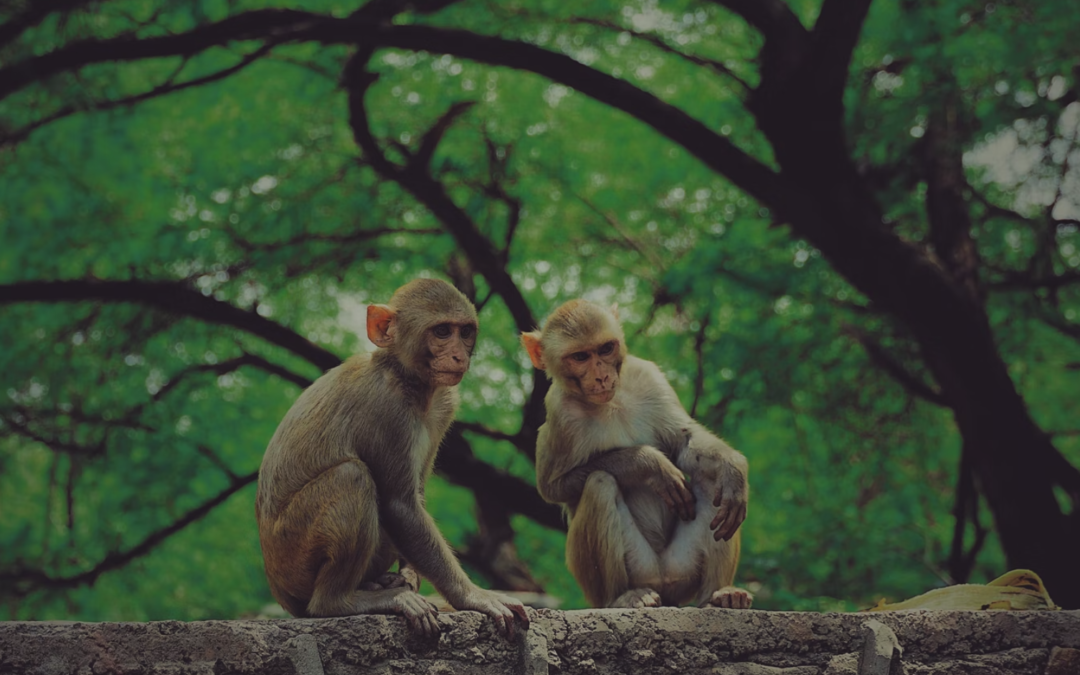Image credit: Alex Burley via Unsplash
Is there any new information?
As of July 23rd, 2022, the World Health Organization (WHO) Director-General declared the current monkeypox outbreak a public health emergency of international concern.
According to the Center for Disease Control and Prevention (CDC), as of August 1st, 2022, there have been a total of 23,620 confirmed cases in 80 nations around the world.
“Researchers have warned that the window of opportunity for containing the global monkeypox outbreak is rapidly closing”
Max Kozlov, Nature.com
As of August 1st, 2022, the total confirmed monkeypox/ orthopoxvirus cases have risen to 5,811. The top three U.S. states being hit the hardest in order are New York, California, and Illinois, with 1390, 827, and 520 confirmed cases.
What’s being done?
The CDC has stated that they have experience responding to monkeypox and are equipped with the necessary tools to respond to this outbreak and limit the spread effectively. The CDC has case identification and contact tracing protocols set in place and assists U.S. state, tribal, local, and territorial health department officials with identifying, monitoring, and caring for potentially exposed individuals.
What do we still not know?
As of right now, there are still a lot of questions and unknown information surrounding monkeypox and the current outbreak. Here are some of the questions that CDC researchers are attempting to answer:
- How long the virus has actually been circulating;
- How the virus was introduced into some of the current clusters of cases;
- The clinical course of illness;
- Whether the virus is being spread through contact with sexual fluids;
- To what extent previously infected children, people with specific underlying conditions, or pregnant people are at risk of severe diseases;
- Whether immunocompromised individuals have more monkeypox virus present in body fluids;
- How often the monkeypox virus may be spread from respiratory fluids;
- And at what point during infection a person with monkeypox symptoms might be more likely to spread the monkeypox virus through respiratory fluids.
Researchers from the CDC are collaborating with partners to find answers to these questions, better understand the outbreak, and swiftly and effectively advise and modify response efforts.
Vaccinations
The CDC urges those who are at higher risk of being exposed to monkeypox to get vaccinated with either JYNNEOS, also known as Imvamune or Imvanex, which protects against the monkeypox virus, or ACAM2000, which protects against smallpox and was made available for use against monkeypox.
In the United States, there is a limited supply of the JYNNEOS vaccine as of right now, but a larger supply is expected in the coming weeks and months. The ACAM2000 vaccine is not recommended for people with compromised immune systems, skin conditions such as eczema, or pregnant people. Data on the effectiveness of these vaccines with the current outbreak is not yet available.
As we continue to see the emergence of zoonotic disease outbreaks, it’s important that we bring attention to the underlying issues that cause these outbreaks. Issues such as encroachment on wildlife habitats, deforestation, hunting wildlife for personal gain, and participation in illegal game and meat markets are all significant factors that create opportunities for wildlife-borne zoonotic diseases to spill over into human populations. To read more about our stance on zoonotic disease transmission and wildlife health– check out our report: Advancing Wellbeing for All Beings.
